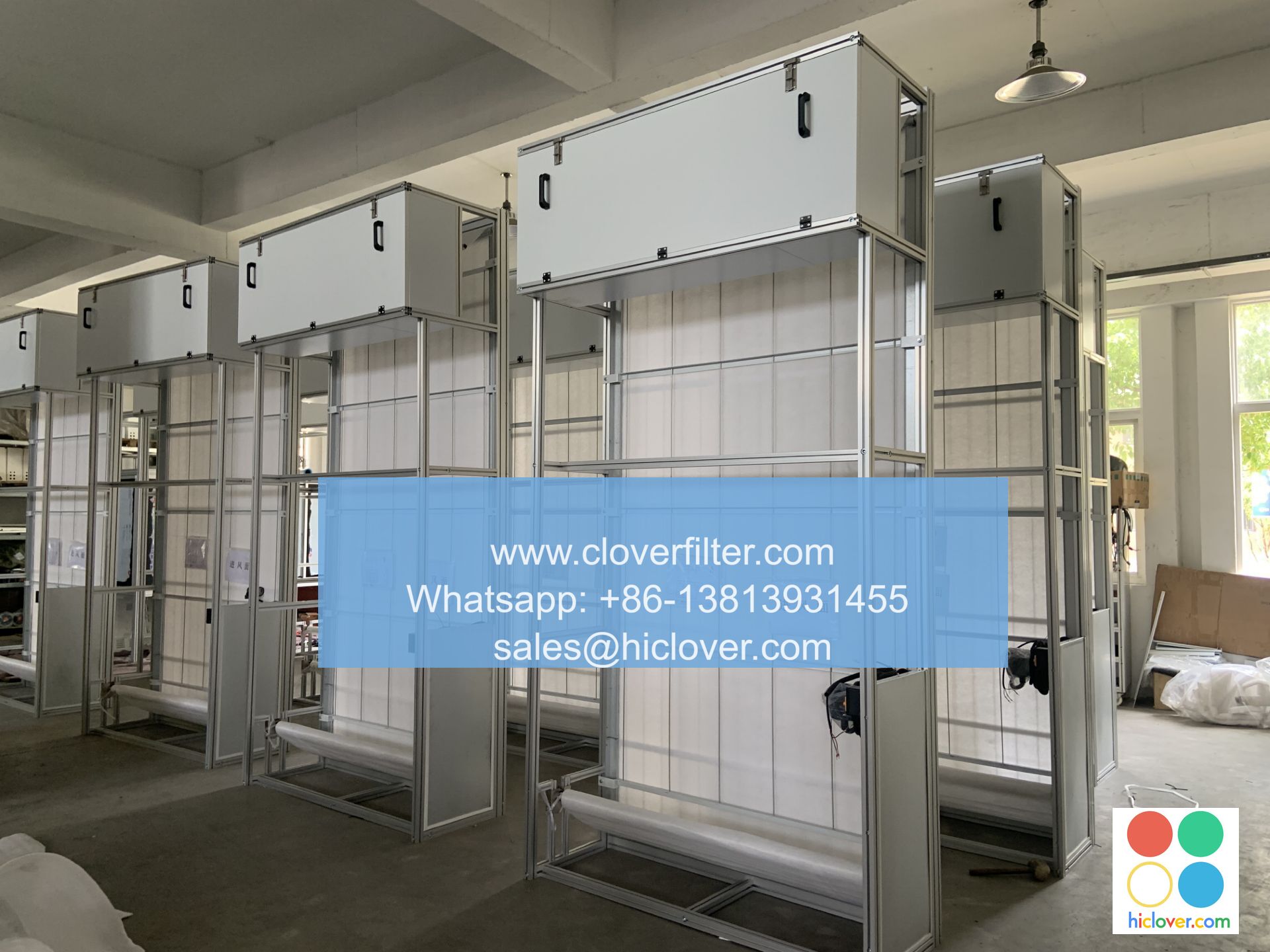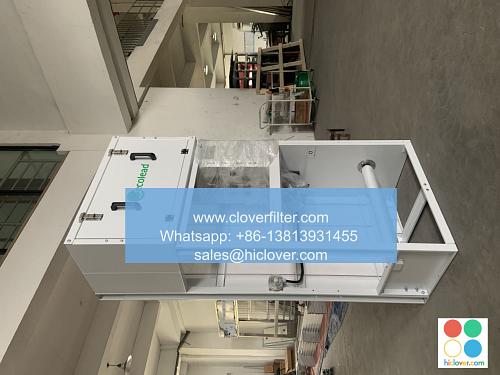The Top Air Filter Myths Debunked: Separating Fact from Fiction

As the world becomes increasingly aware of the importance of indoor air quality, the demand for high-quality air filters has never been higher. However, with the rise of air filter popularity, several myths and misconceptions have emerged, leaving consumers confused and uncertain about what to believe. In this article, we will delve into the top air filter myths, separating fact from fiction, and explore the HEPA filter technology, activated carbon filtration, and ultra-fine particle capture in various application areas, including residential HVAC systems, commercial air purification, and industrial dust control.
Myth #1: All Air Filters are Created Equal
One of the most common air filter myths is that all filters are created equal. This couldn’t be further from the truth. In reality, air filters vary significantly in terms of their filtration efficiency, pressure drop, and durability. For instance, HEPA filters are designed to capture 99.97% of particles as small as 0.3 microns, making them ideal for allergy sufferers and asthma patients. On the other hand, basic furnace filters may only capture larger particles, leaving smaller particles to circulate in the air.
Myth #2: Air Filters Only Remove Dust and Pollen
Another myth surrounding air filters is that they only remove dust and pollen. While it’s true that air filters can capture these types of particles, they can also remove a wide range of other airborne contaminants, including pet dander, mold spores, bacteria, and viruses. In fact, some air filters, such as those using activated carbon filtration, can even capture volatile organic compounds (VOCs) and odors, making them ideal for commercial kitchens and industrial facilities.
Myth #3: Air Filters are a Waste of Money
Some people believe that air filters are a waste of money, citing that they don’t make a noticeable difference in indoor air quality. However, this couldn’t be further from the truth. In reality, air filters can have a significant impact on indoor air quality, particularly for people who suffer from
Myth #4: Air Filters Need to be Replaced Frequently
Another common myth surrounding air filters is that they need to be replaced frequently. While it’s true that some air filters may need to be replaced every 1-3 months, others can last for up to 6-12 months or even longer. The replacement frequency of an air filter depends on various factors, including the type of filter, indoor air quality, and usage patterns. For instance, HEPA filters may need to be replaced more frequently than basic furnace filters, while washable air filters can be cleaned and reused multiple times.
Conclusion
In conclusion, the world of air filters is often shrouded in myth and misconception. By separating fact from fiction, we can better understand the importance of air filtration in maintaining good indoor air quality. Whether you’re looking to improve the air quality in your home, office, or industrial facility, it’s essential to choose the right air filter for your specific needs. By considering factors such as filtration efficiency, pressure drop, and durability, you can make an informed decision and breathe easy knowing that you’re getting the best possible air quality. You haven’t asked a question or provided any context for me to respond to. Please provide more information or ask a question, and I’ll do my best to assist you.

